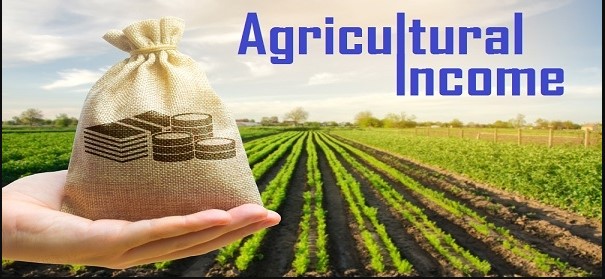Agricultural Income and Taxation Reforms: Navigating India’s Income Tax Bill 2025

Agricultural income occupies a unique and significant position within India’s tax framework, reflecting its critical contribution to the nation’s economy. The Income Tax Act of 1961 and the forthcoming Income Tax Bill of 2025 both address the taxation of agricultural income, though they exhibit key differences and updates. This analysis provides a comprehensive comparison of these two legislative instruments.
Definition of Agricultural Income
Income Tax Act, 1961: Section 2(1A) defines agricultural income as any rent or revenue derived from land used for agricultural purposes, income derived from such land by agriculture, or the performance of any process employed by a cultivator to make the produce market-ready.
Income Tax Bill, 2025: While the definition remains similar, the new bill uses clarified language for better understanding and aims to comprehensively encompass various facets of agricultural activities.
Exemption from Total Income
Income Tax Act, 1961: Section 10(1) exempts agricultural income from total income. However, it is included for rate computation if the total income exceeds a specified threshold.
Income Tax Bill, 2025: The exemption continues but includes measures to prevent misuse by large-scale farmers and agricultural firms. Stricter documentation and verification processes ensure only genuine agricultural activities benefit from the exemption.
Burden of Proof
Income Tax Act, 1961: The onus is on the assessee to prove that the income qualifies as agricultural income.
Income Tax Bill, 2025: While the burden of proof remains with the assessee, the new bill mandates stricter documentation requirements, such as maintaining records of land ownership, crop sales, and receipts to prevent misuse.
State Authority
Income Tax Act, 1961: States have the authority to tax agricultural income.
Income Tax Bill, 2025: States retain this authority, but additional guidelines ensure uniformity and transparency in the taxation of agricultural income across different states.
New Provisions and Changes
- Stricter Documentation: The 2025 Bill requires detailed records to verify farming activities, ensuring that exemptions are only claimed by genuine farmers.
- Taxation of Certain Activities: Income from dairy farming, poultry, and fisheries, previously considered agricultural income, is now fully taxable. Traditional nursery operations remain exempt, while commercial nurseries are taxed.
- Income from Agro-Based Industries: Tax incentives for agro-based industries are reduced. Small-scale agro-industries retain benefits, but large agribusinesses face higher taxes.
- Digital Verification System: The Bill introduces a digital verification system to connect land records with tax filings, ensuring only real farm earnings are exempt from tax.
- Reporting High Incomes: Farmers earning more than ₹10 lakh per year must declare their income and provide details like land ownership, crop sales, and receipts to claim tax benefits.
Scenario based Examples
Let’s consider the case of Mr. Sharma, a farmer engaged in various agricultural and related activities:
- Agricultural Income: Mr. Sharma grows wheat on his land, and his income from selling wheat qualifies as agricultural income under both the 1961 Act and the 2025 Bill.
- Processed Agricultural Produce: In addition to growing wheat, Mr. Sharma processes the wheat into flour and sells it. Under the 2025 Bill, this income is also considered agricultural income due to the clarified definition.
- Exemption Claim: Mr. Sharma’s total income is ₹15 lakh, with ₹5 lakh coming from agricultural activities. To claim the exemption under the 2025 Bill, he must provide detailed documentation, including land ownership records and sales receipts.
- Non-Agricultural Activities: Mr. Sharma also engages in poultry farming. Under the 2025 Bill, the income from his poultry farming is now fully taxable.
- Agro-Based Industry: Mr. Sharma operates a small-scale organic fertilizer business. He still enjoys tax benefits, but if he expands and becomes a large agribusiness, he will face higher taxes under the new bill.
- Digital Verification: Mr. Sharma must digitally link his land records with his tax filings to ensure his farming activities are genuine and exempt from tax.
- High Income Reporting: Since Mr. Sharma earns more than ₹10 lakh annually, he must declare his income and provide the necessary details to claim tax benefits.
Conclusion
The Income Tax Bill of 2025 introduces significant reforms aimed at enhancing transparency, accountability, and equity in the taxation of agricultural income. By implementing rigorous documentation requirements and integrating digital verification systems, the bill seeks to ensure that tax exemptions are granted solely to genuine agricultural activities. These legislative changes reflect a concerted effort to balance the needs of agricultural stakeholders with the imperative for a fair and efficient tax system, thereby contributing to the sustained growth and stability of India’s agricultural sector.